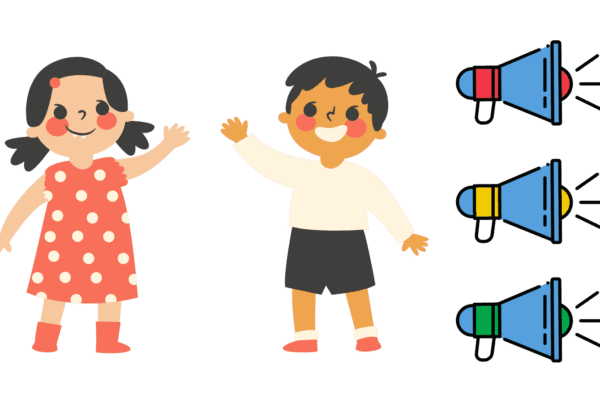KTC.tv Activities #1

This week I am going to share with you some of our KTC.tv activities and therapy videos that will help your child/children practice a skill they are looking to master. KTC.tv is not here to replace your therapist but to assist you and support your child’s therapy journey. Most of the activities require very little set up/preparation and majority of the items required are everyday household items you will find around the house. Don’t forget to print your downloadable resources before you start each therapy video!
FINE MOTOR SKILLS
What are Fine Motor Skills?
Fine motor skills are the ability to make movements using the small muscles in our hands and wrists. We rely on these skills to do key tasks in school, at work, and in everyday life. These small movements come so naturally to most people that we usually don’t think about them. But fine motor skills are complex. They involve a coordinated effort between the brain and muscles. They’re built on the gross motor skills that let us make bigger movements, like running or jumping.
Here are some examples of when we use fine motor skills:
– Holding a pen or pencil
– Drawing pictures and writing neatly
– Using a keyboard
– Using scissors, rulers, and other tools
People also need fine motor skills to do daily tasks like getting dressed and brushing their teeth.
Definition by Gail Belsky for Understood.org

FINE MOTOR SKILLS ACTIVITIES ON KTC.TV
Playdoh and Pegs
Practice fine motor skills & bilateral integration with this great family game. Children will first roll their playdoh into ‘wiggly worms’, then cut the worm into small pieces. Children will then need to use a peg to pick up the playdoh and transfer into a cup. Encourage using a pincer grasp to cut the worm into pieces and to manipulate the pegs to open/close. Use a 30 second timer to see how many you can move into the cup!
Theraputty Confetti Names
Practice your fine motor skills, bilateral integration and handwriting with this sensory activity. Children will need to break their theraputty into small pieces and then roll into ‘wiggly worms’ using their fingers. You can use these wiggly worms as lines to make your name or any word you feel like making.
Sauce Letters
Practice your fine motor and handwriting skills with this sensory activity. You can use any sauce that you have at home, and start by squeezing it all over a table or a flat surface. Use your hands or a cup to spread the sauce out. With a q-tip, pen, pencil or spoon you can begin practicing writing letters of the alphabet into the sauce.
BILATERAL INTEGRATION
What is Bilateral Integration?
Bilateral coordination – or bilateral integration is the ability to use both sides of the body at the same time. It is important because so many movements and actions require the use of both sides of our body in order to perform everyday tasks including walking, cutting, catching balls, and playing! When a child does not engage both sides or seems to favour one side exclusively then it is important to contact your paediatrician quickly! Bilateral coordination can be broken down to symmetrical, reciprocal, and asymmetrical movements.
Symmetrical movements are when both hands and/or feet are performing the same motion. Examples include clapping, pull apart toys, and jumping. Both sides of the body are working together to perform the SAME motion. Reciprocal movements include when the body differentiates both sides of the body using a rhythmical motion. This includes crawling, walking, riding a bike, and swimming. Asymmetrical movements are very similar to reciprocal movements meaning both sides of the body are working together but both sides are performing separate tasks with one side leading and the other side supporting/assisting. This can be seen more so when performing activities using both your hands. For example, cutting paper, sewing, playing a musical instrument, and tying shoes are all great examples which demonstrate the importance of both hands working together – but each performing specialized sequences to complete the activity.
Definition by Anne Bramlett, for SpeechandOT.

BILATERAL INTEGRATION ACTIVITIES ON KTC.TV
Trampoline – Pool Noodles
This activity requires a combination of skills including bilateral integration, executive functioning and gross motor. Hold onto the pool noodle with both hands and fingers on top. Bend your arms at the same time and push away from the body to hit a ball. Don’t forget your arms have to move at the same time!
Ball in Bucket
Practice this fun self-care and bilateral integration game with a friend or family member. You will need 3 buckets, with one full of coloured balls in the centre of you and your partner and another 2 empty buckets behind you. Use one hand/arm at a time to lift a ball over your shoulder and into the bucket behind you. Remember to reach up and over your shoulder to help you with dressing in a t-shirt!
Build a Tower
Set up the swing at a low height and scatter various household items in front of the swing. Start by laying on the swing in prone and pushing the swing in a lateral forward/back swinging motion. The aim is to pick up items and build a tower as tall as you can.





